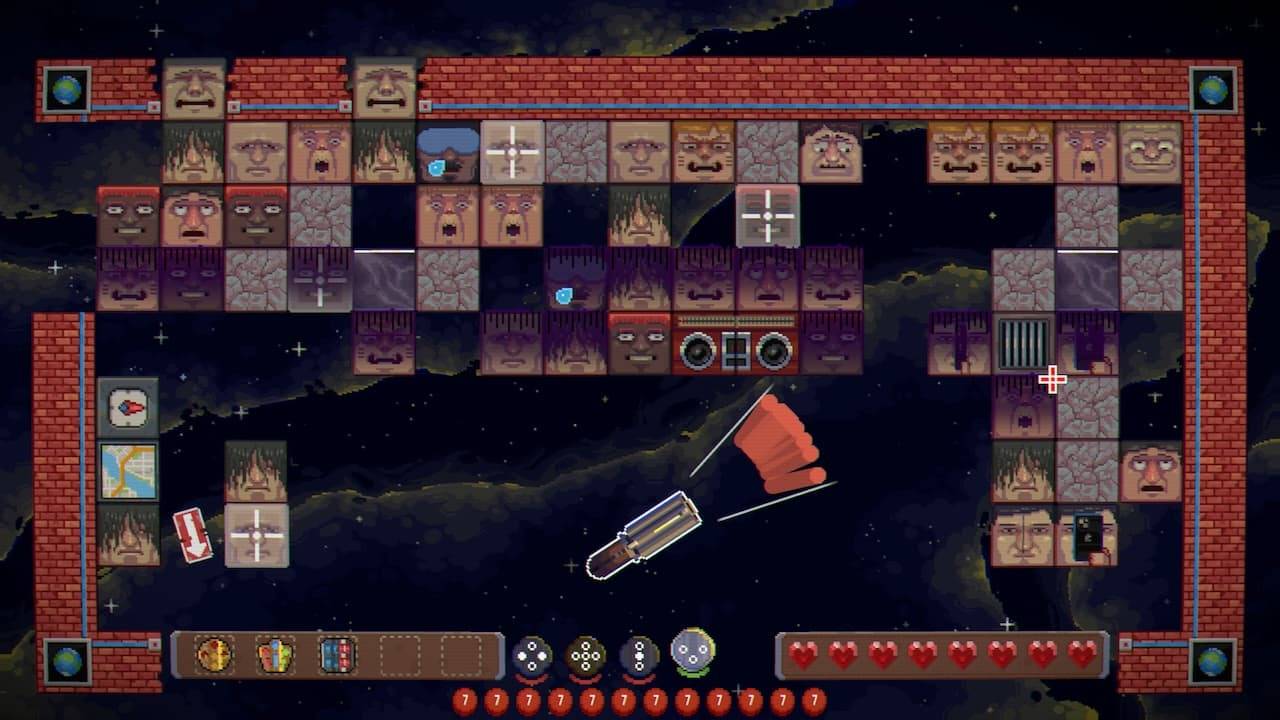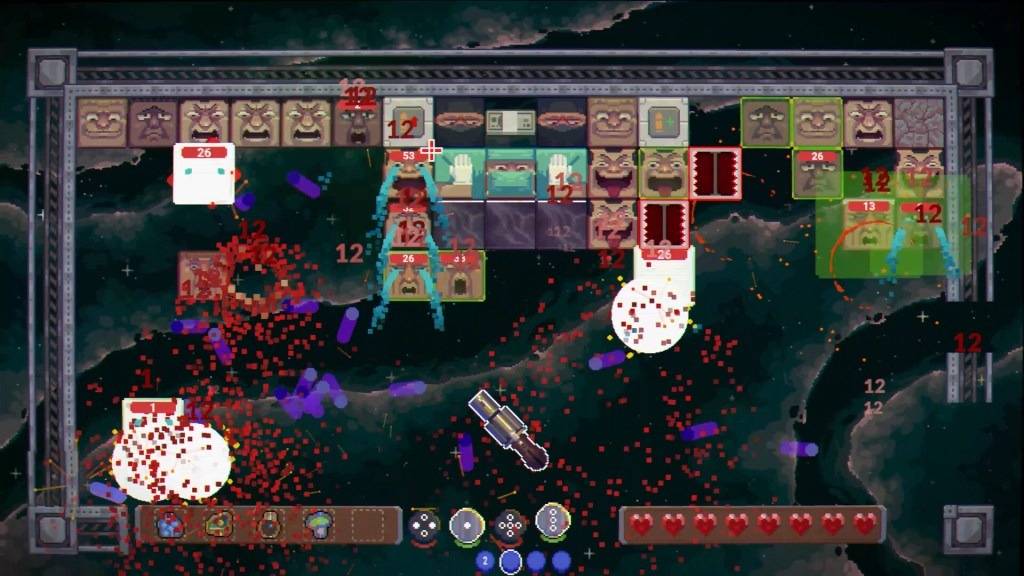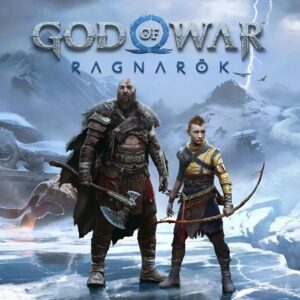From Bullet Hell to Brick Hell: Poncle’s New Publishing Arm Unveils a Bizarre, Addictive, and Deeply Weird Masterpiece
Popular Now
 Free Fire
Free Fire
 Free Fire Max
Free Fire Max
 Candy Crush Saga
Candy Crush Saga
 Minecraft
Minecraft
 BeamNG.drive
BeamNG.drive
 FIFA 23
FIFA 23
 Grand Theft Auto V
Grand Theft Auto V
 Among Us
Among Us
 Counter-Strike 2
Counter-Strike 2
 Call of Duty
Call of Duty
 The game, which was a “shadow drop” on Steam and other digital storefronts on August 21, 2025, is developed by a small indie studio called Doonutsaur and is a perfect encapsulation of the kind of “weird AF” game that Poncle is looking to champion. On the surface, it’s a simple brick-breaking game in the style of Breakout or Arkanoid. But beneath the retro facade is a deep, chaotic, and wonderfully strange roguelike that is as much a puzzle game as it is a bullet hell. The central premise is simple: you shoot bullets from a gun to destroy bricks, but what makes the game so unique is that both the bullets and the bricks have faces, personalities, and a terrifying, uncanny charm. It is a game that takes a classic, simple idea and twists it into a new, fascinating, and deeply unsettling experience.
The game, which was a “shadow drop” on Steam and other digital storefronts on August 21, 2025, is developed by a small indie studio called Doonutsaur and is a perfect encapsulation of the kind of “weird AF” game that Poncle is looking to champion. On the surface, it’s a simple brick-breaking game in the style of Breakout or Arkanoid. But beneath the retro facade is a deep, chaotic, and wonderfully strange roguelike that is as much a puzzle game as it is a bullet hell. The central premise is simple: you shoot bullets from a gun to destroy bricks, but what makes the game so unique is that both the bullets and the bricks have faces, personalities, and a terrifying, uncanny charm. It is a game that takes a classic, simple idea and twists it into a new, fascinating, and deeply unsettling experience.
Kill the Brickman is not just a game; it is a statement about the kind of quirky, creative ideas that a publisher like Poncle wants to bring to the forefront. The game’s success is a testament to its bizarre and deeply compelling core gameplay loop.
- Living Bullets, Sentient Bricks: The most immediate and striking element of the game is its living, gurning bricks and its sentient bullets. The bricks, with their unsettling human faces, have their own agendas and abilities. Some are passive, while others will actively try to sabotage your run. The bullets, which are also sentient, have their own powers. You can craft and combine “bullet types” that explode, corrode, or even multiply on impact. This turns a simple act of shooting into a strategic puzzle where every shot matters.
- A Roguelike with a Twist: The game’s roguelike structure is a brilliant subversion of the genre. Instead of collecting power-ups to make your character stronger, you collect relics, new guns, and new bullet types to create a synergistic “loadout.” Every run is an experiment in synergy, as you try to find the perfect combination of bullets and relics to create an overpowered build. The game’s depth lies in the sheer number of combinations you can discover, making every run feel fresh and unique.
- The Uncanny Valley of Design: The game’s art style is a perfect blend of retro pixel art and an unsettling, almost creepy aesthetic. The developer, Doonutsaur, has stated that they deliberately went for a “creepy, uncanny vibe,” and it shows. The game’s strange atmosphere and its weird, living characters are a testament to the idea that a game’s identity doesn’t have to be a polished, hyper-realistic experience. Sometimes, the weirdest ideas are the ones that stick with you the most.
- A True “Passion Project”: The collaboration between Doonutsaur and Poncle happened when the former simply sent a demo to Luca Galante. Galante, a developer who made a name for himself with a game that was a simple passion project, was immediately hooked by the sincerity and the weirdness of the game. He saw a kindred spirit in the developer and decided to fund it, providing support for things like localization, marketing, and QA. This is a powerful, inspiring story that shows that a good idea, no matter how strange, can still find a champion in the modern gaming industry.
 The Business Perspective: A New Era for Indie Publishing
The Business Perspective: A New Era for Indie Publishing
From a news and business perspective, Poncle’s move into publishing is a significant development. In an industry dominated by major publishers and their often-stringent demands, Poncle is positioning itself as a “non-traditional” publisher that prioritizes creative freedom over commercial viability. The fact that they have already stated that they will not publish “Survivor-like” games or any titles that use “Web3 nonsense” or aggressive “free-to-play” monetization is a powerful signal. They are putting their money where their mouth is, supporting developers who want to make games that are fun, unique, and deeply personal. The success of Kill the Brickman is a promising start for this new venture, and it’s a clear message to other indie developers that there is a new, exciting player in the publishing space, one that is willing to embrace the weird, the strange, and the wonderful.
Kill the Brickman is not just a game; it is a testament to the enduring power of a good, weird idea. It’s a game that could have easily been ignored, but thanks to the support of a developer who understands the value of a passion project, it has found its audience. For fans of Vampire Survivors, it’s a delightful surprise. For the wider gaming world, it’s a welcome reminder that the most creative and compelling ideas are often found in the most unexpected places. It’s a new era for indie publishing, and it’s starting with a sentient brick and a living bullet, and that’s exactly as it should be.










